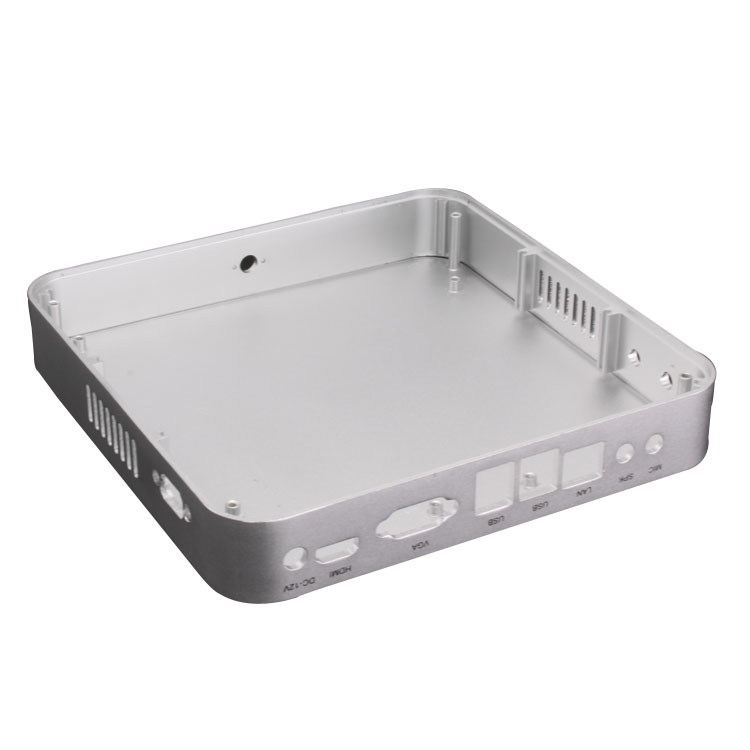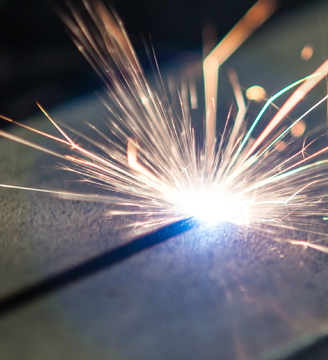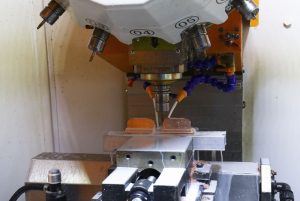Chemical name: Acrylonitrile-butadiene styrene copolymer
English name:Acrylonitrile Butadiene Styrene
Specific gravity:1.05g/cm3 Molding shrinkage:0.4-0.7%
Molding temperature:200-240℃ Drying condition:80-90℃ 2 hours
ABS plastic features.
1、Better overall performance, higher impact strength, chemical stability, good electrical properties.
2, good fusion with 372 organic glass, made of two-color plastic parts, and the surface can be chrome-plated, spray paint treatment.
3、High impact resistance, high heat resistance, flame retardant, enhanced, transparent and other levels.
4, fluidity is a little worse than HIPS, better than PMMA, PC, etc., good flexibility.
Use: Suitable for making general mechanical parts, wear-resistant parts, transmission parts and telecommunications parts.
Forming characteristics.
1. Amorphous material, medium fluidity, moisture absorption, must be fully dried, the surface requirements of glossy plastic parts must be a long time preheating and drying 80-90 degrees, 3 hours.
2. It is advisable to take high material temperature and high mold temperature, but the material temperature is too high and easy to decompose (decomposition temperature is >270 degrees). For high precision plastic parts, the mold temperature should be 50-60 degrees, and for high gloss. For heat-resistant plastic parts, the mold temperature should be 60-80 degrees.
3、If you want to solve the problem of water clamping, you need to improve the fluidity of the material, take high material temperature, high mold temperature, or change the water level and other methods.
4、If forming heat-resistant or flame-retardant grade material, plastic decomposition will remain on the surface of the mold after 3-7 days of production, resulting in a shiny mold surface, so it is necessary to clean the mold in time and increase the exhaust position on the mold surface.
ABS is a terpolymer of acrylonitrile, butadiene and styrene, A for acrylonitrile, B for butadiene and S for styrene.
ABS engineering plastics are generally opaque, light ivory in appearance, non-toxic, tasteless, tough, hard, rigid properties, slow burning, yellow flame, black smoke, burning plastic softening, burning, emitting a special cinnamon smell, but no molten drip phenomenon.
ABS engineering plastics have excellent overall performance, have good impact strength, good dimensional stability, electrical properties, wear resistance, chemical resistance, dyeing, molding and machining better. ABS resin is resistant to water, inorganic salts, alkalis and acids, insoluble in most alcohols and hydrocarbon solvents, but easily soluble in aldehydes, ketones, esters and some chlorinated hydrocarbons.
Disadvantages of ABS engineering plastics: lower heat deflection temperature, combustible, poor weather resistance.
Introduction to the characteristics and basic knowledge of ABS plastics




